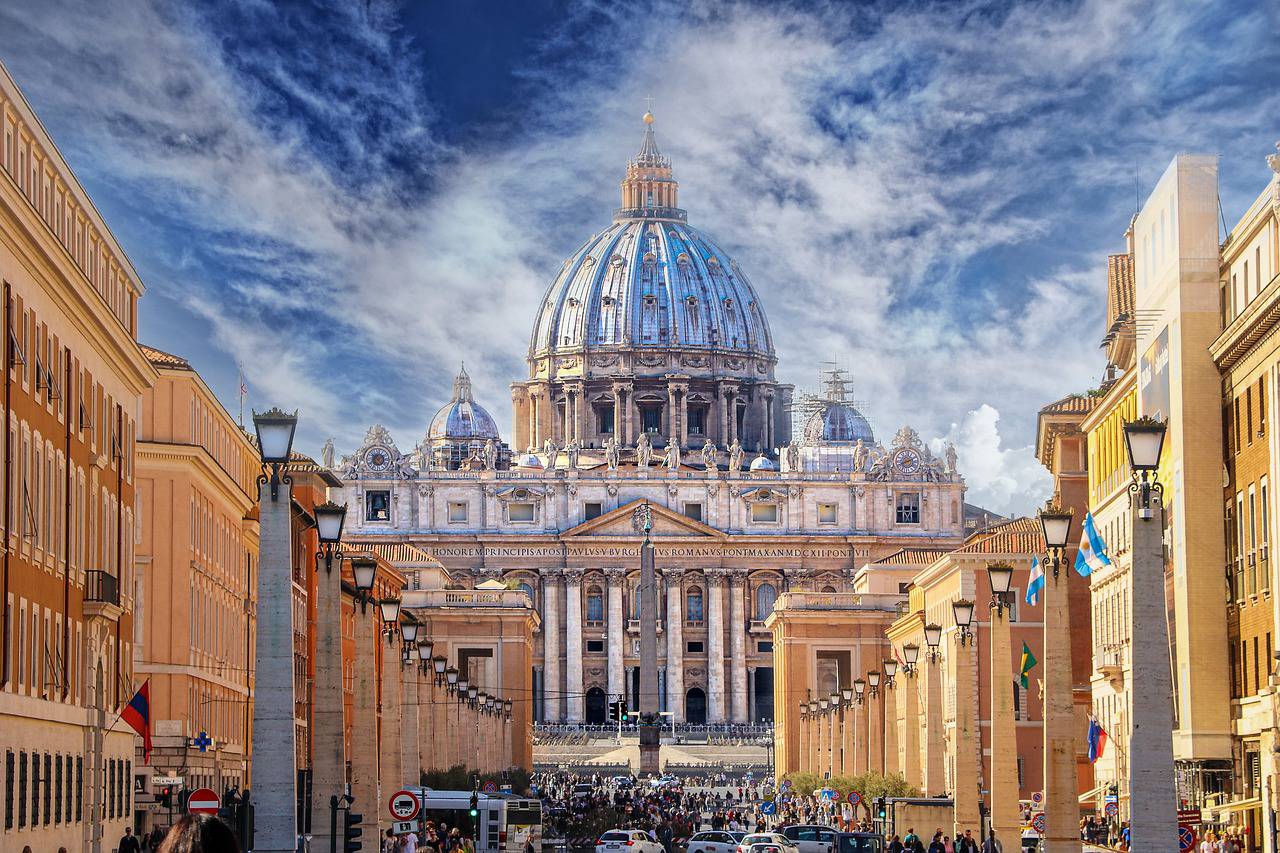The Vatican City, the smallest nation in the world, is a sovereign state within Rome. With over 6 million visitors in 2016, Vatican City, the only nation in the world to be named a UNESCO World Heritage site, is a well-liked vacation spot.
Vatican City attractions have the greatest visitor-to-inhabitant ratio in the world, despite being just 44 hectares in size and home to 800 people. It's a solid justification for choosing quality over quantity.
It is regarded as the holiest location in Europe and borders Rome. It is home to some of the most well-known works of art in Italy, many of which are kept in the enormous Vatican Museums (which also contain the Sistine Chapel), as well as several renowned restaurants, gift shops, and the St. Peter's Basilica. While there is a constant inflow of visitors, the number escalates around big holidays like Christmas and Easter. It is home to the Pope, the head of the Catholic Church worldwide, and is rich in religious and cultural landmarks, particularly those related to the Catholic Community.
Explore the Vatican City's various architectural marvels and Catholic centers is touted to be a serene experience by many. The renowned Vatican City is the ideal location to view some of the finest art this planet offers. The city is brimming with beauty and is well known for serving as the focal point for traditional culture, old art, and the Catholic church. Over 7 kilometers (miles) of galleries are spread throughout the area, housed in structures loaded with unique works of art.
The history of Vatican City dates way back to nearly when Rome was founded in 800 BC. It was earlier called Ager Vaticanus located on the west bank of the river Tiger. During the Roman Empire, affluent people built villas and gardens and used them as summer houses. Agrippina the Older also had her villas and gardens in the area. Her son, Emperor Caligula began constructing a circus in this area around 40 AD. The circus was completed by Caligula's son Nero. The 'Vatican Obelisk,' the first monumental obelisk was brought to the 'Circus of Nero' by Caligula from Egypt.
It is said that it is here in the circus, St. Peter was crucified upside-down. Emperor Constantine commissioned the construction of a church where the remains of St. Peter were buried. Thus, giving birth to St. Peter's Basilica. The area started gaining popularity and the settlements began. In 1870, post-Italian unification including the Pope's Papal States except for the area within the Vatican walls. The Lateran treaty of 1929 between Prime Minister Benito Mussolini on behalf of King Victor Emmanuel III of the Kingdom of Italy and Cardinal Secretary of State Pietro Gasparri on Pope Pius XI established the independent state of Vatican City and conferred a special status.
A. The top tourist attractions in Vatican City in 2023 are:
A. The best months to visit Vatican City are May, June, July, August, September, and October.
A. Vatican City's official currency is Euro.
A. While Vatican City is not big areawise, you will need 2 - 3 days to explore the attractions leisurely.
A. Vatican City is walkable and is best explored on foot leisurely.
 Best time to visit
Best time to visit Language Spoken
Language Spoken Weather
Weather